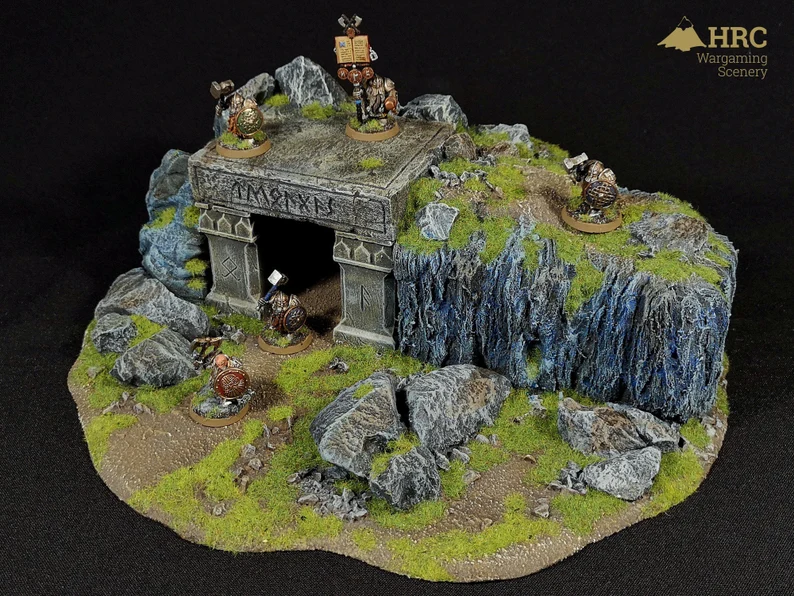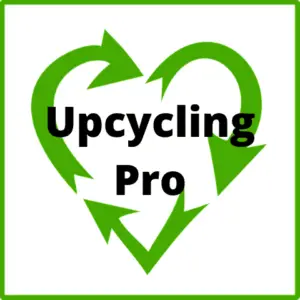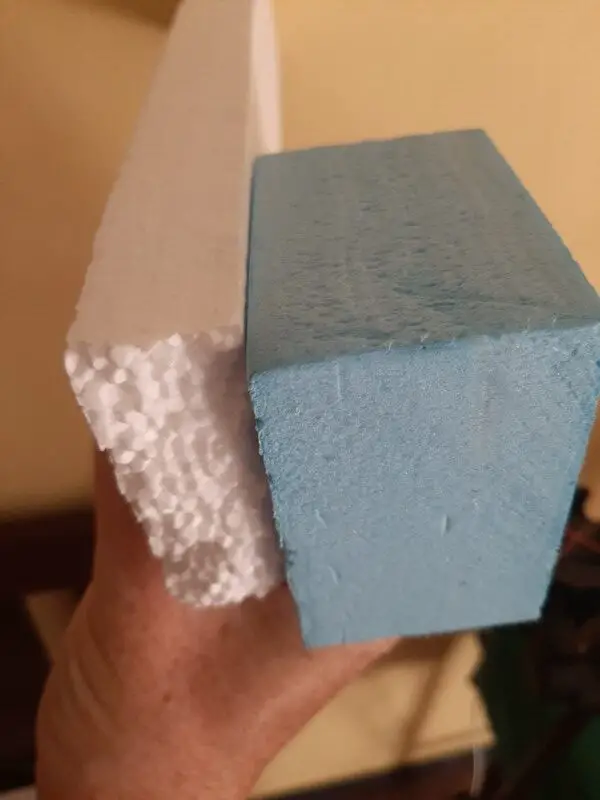We are so used to dealing with polystyrene in our regular lives that we don’t really pay that much attention to it. Even more worrying we don’t know how it’s made or what it’s made from. When we realize it’s made from petrochemicals and is quite bad for the environment we are often shocked but finding alternatives can be difficult and hard to source.
So recycling is often the best way to deal with our polystyrene (polystyren and polystyreen are alternative spellings used abroad) but can we actually recycle them?
In short, yes, polystyrene is a type 6 plastic and can be fully recycled. The hard plastic form known as GPPS (General Purpose Polystyrene) is easily recycled. EPS (Expanded Polystyrene) polystyrene foam is recyclable and can be turned into GPPS, but at the moment the processes used to recycle it are both costly and not yet widely available.
EPS foam
EPS foam can be tricky to recycle as many places will not accept it unless it’s perfectly clean and dry and also undamaged. If EPS gets damaged then small individual tiny balls of EPS can contaminate your other recycling so many places refuse to deal with it because of how easy it contaminates.
So what can we do with our EPS foam if we cannot recycle it easily? Luckily for us, we have tools like hot wire foam cutters which allow us to cut down an otherwise unusable block of EPS into smaller more usable forms.
We can also use this foam to make other things instead of just trying to find a place that can turn EPS into GPPS. This is known as upcycling and is becoming very popular, and if you have enough of this material and you have a little crafting talent then you can actually make some serious money from your work.
XPS foam
Like EPS foam except this is in a solid block rather than tiny balls heat-sealed together. This is more commonly used for insulation in walls and ceilings, basements, etc. This foam because of its solid nature is more readily accepted as when damaged it’s less likely to break into many tiny pieces and contaminate your other recycling.
This foam is also often highly sought after by crafters as it can be carved and textured to look like wood, stone, and many other items. Like this image below:

GPPS polystyrene
Unlike the foam versions, this polystyrene is accepted more readily due to its rigid nature. Items made with GPPS include chairs like garden furniture, cups, plates, plastic cutlery, and coat hangers to name a few.
Many of these items can be put into your recycling bins as normal but as an alternative, you can use them to create arts and crafts, which can help you to make a few bucks into the bargain.
Conclusion
While polystyrene can be recycled and is even biodegradable (over hundreds of years) it finds its way to landfills and trash piles everywhere and is the bane of modern life. With a little creativity, we can try to use more biodegradable alternatives like spray molded rigid cardboard instead of EPS foam, this will at least break down 100 times after then EPS in landfills.
Alternatively, we can use this waste as materials for crafting to eliminate the need to recycle it in the first place, turning it into a valuable commodity rather than a nuisance.

